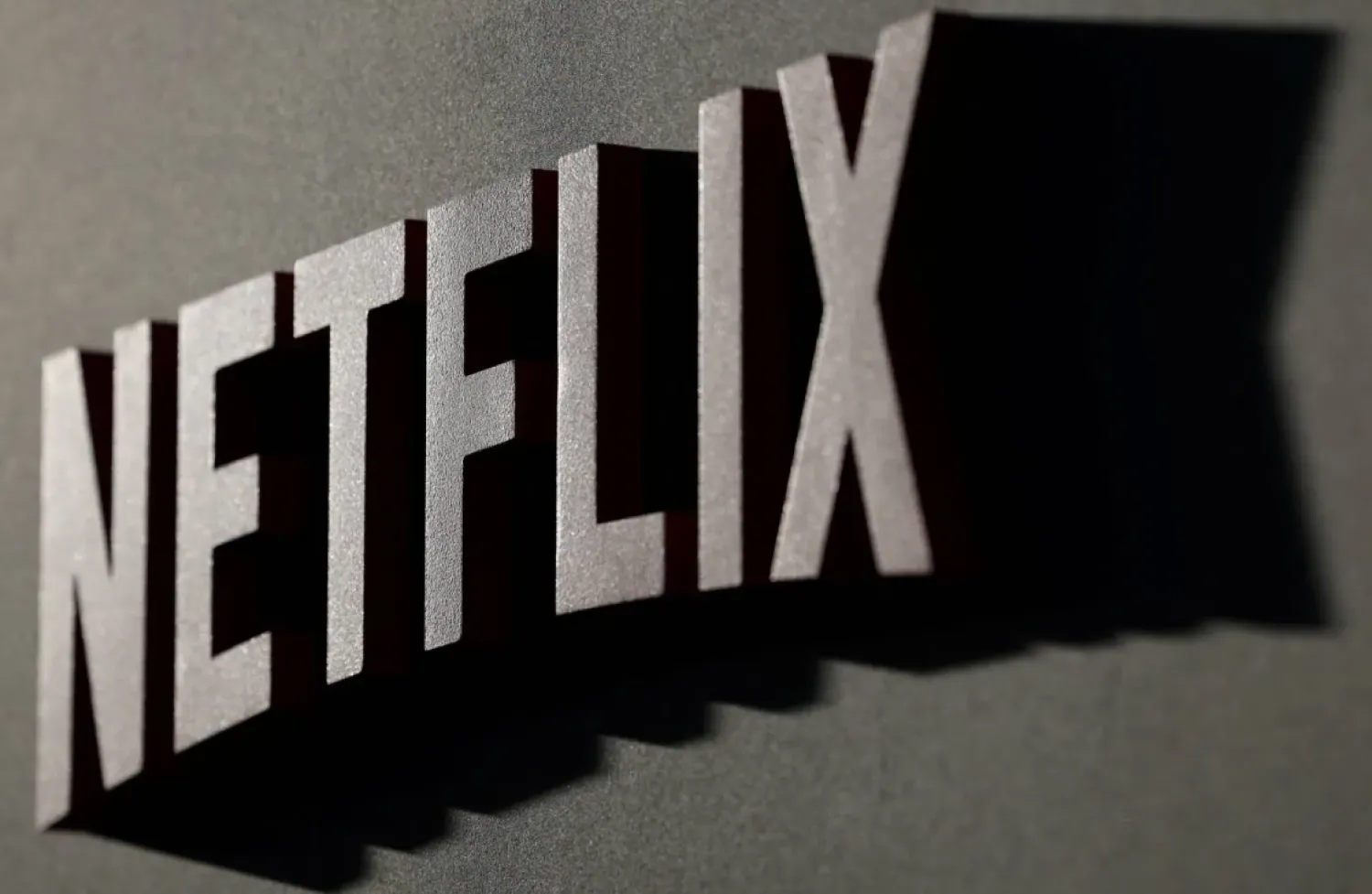Salsa dancing was among the first casualties of restrictions on close-contact indoor activities during the coronavirus pandemic -- and among the last in the UK to see bans lifted.
Now enthusiasts of the paired-dance technique set to Latin beats of the same name have wasted no time shimmying back onto the dance floor.
"Go out and dance while it's still allowed, while it's still legal," dance teacher Dani K tells his students at a studio in the British capital.
At an evening class in the Angel area of north London, the 40-year-old Frenchman and his partner Sarah Rowe, 32, reflect on the difficulties of the past 15 months.
Students in plimsolls spin partners round on the dance floor, counting steps diligently and high-fiving each other after each dance.
No one wears a facemask but the studio has air conditioning.
"To be among people again, it feels great," says Vitaliy Zasadnyy, a 29-year-old systems engineer.
"Salsa is a social dance and without people, it's not really salsa -- you're dancing on your own."
Restrictions on indoor events were lifted in England on July 19, allowing a host of activities to resume, from mingling in pubs to sitting inside at restaurants.
Before then, Dani had to adapt, teaching some classes where students learned the basic steps on their own but without any contact with their partners.
"Partner dance is more difficult... because we need to touch," he tells AFP.
"It was difficult because I could feel the frustration of the students."
One of those who took the socially distanced class, Joana Castro, a nurse originally from Portugal, joins Wednesday's class.
"This is my first ever lesson touching a partner," she says, smiling. "It's hard to let someone lead, but it's so much more fun. I really enjoyed it."
Both teachers have led online classes, too, teaching people at home.
Despite the limitations of the format, Rowe calls the virtual classes "a lifeline for us mentally and obviously financially".
The couple, who are expecting a child, say that the lockdown from March 2020 was a huge blow.
"You go from 100 percent to probably 5 percent of your income, while your rent didn't go down, your expenses didn't go down," says Dani.
Rowe says she felt apprehensive about coming out for her first in-person class.
But by the end of the session, she relaxes enough not just to demonstrate steps with Dani, but also dance with students.
It's "really great to be back doing what we love", she says.









